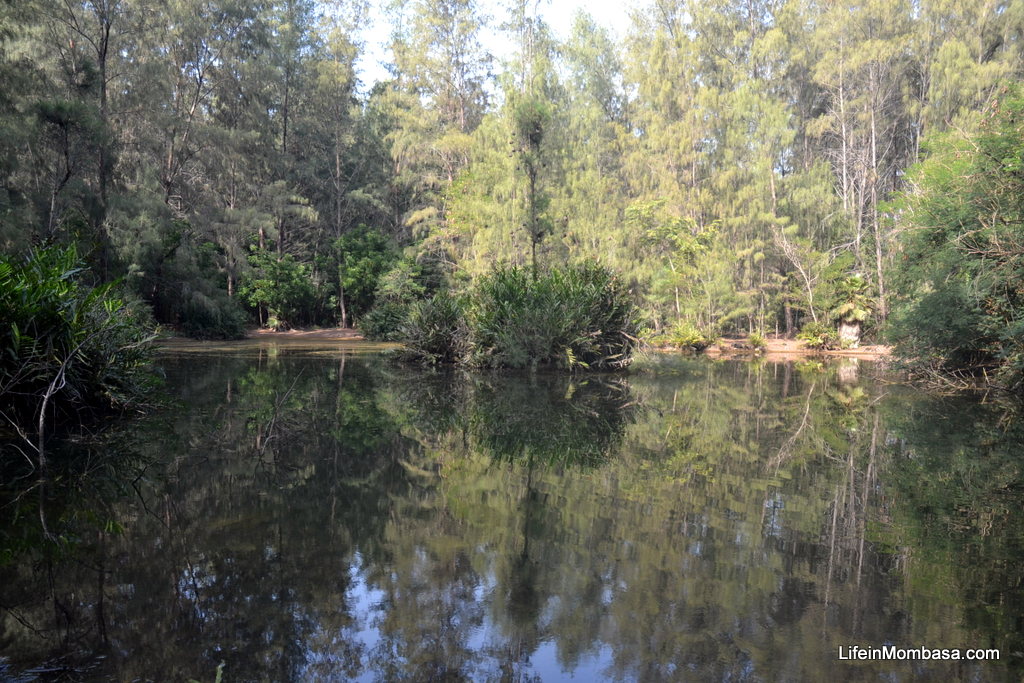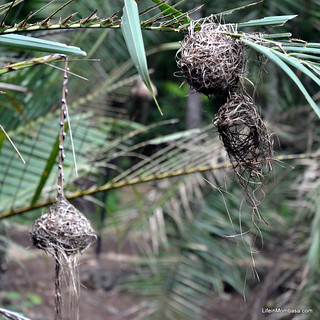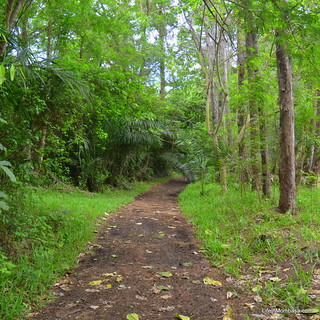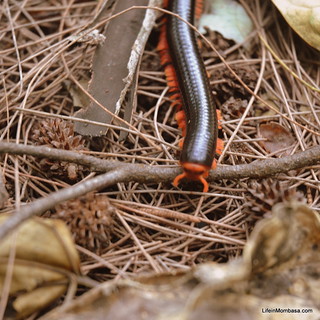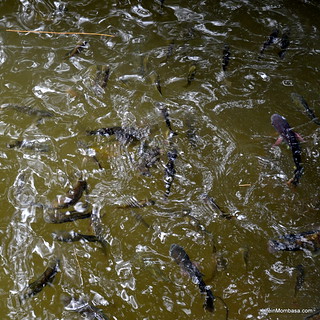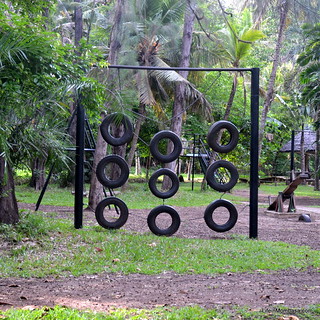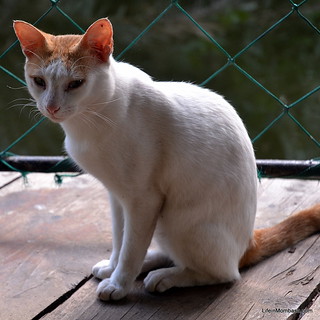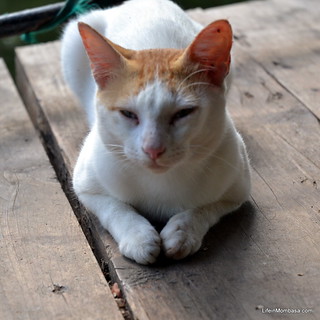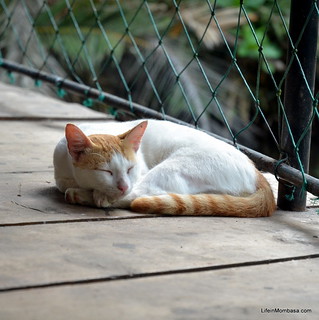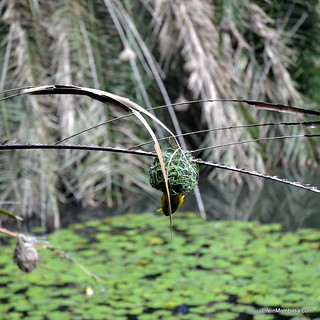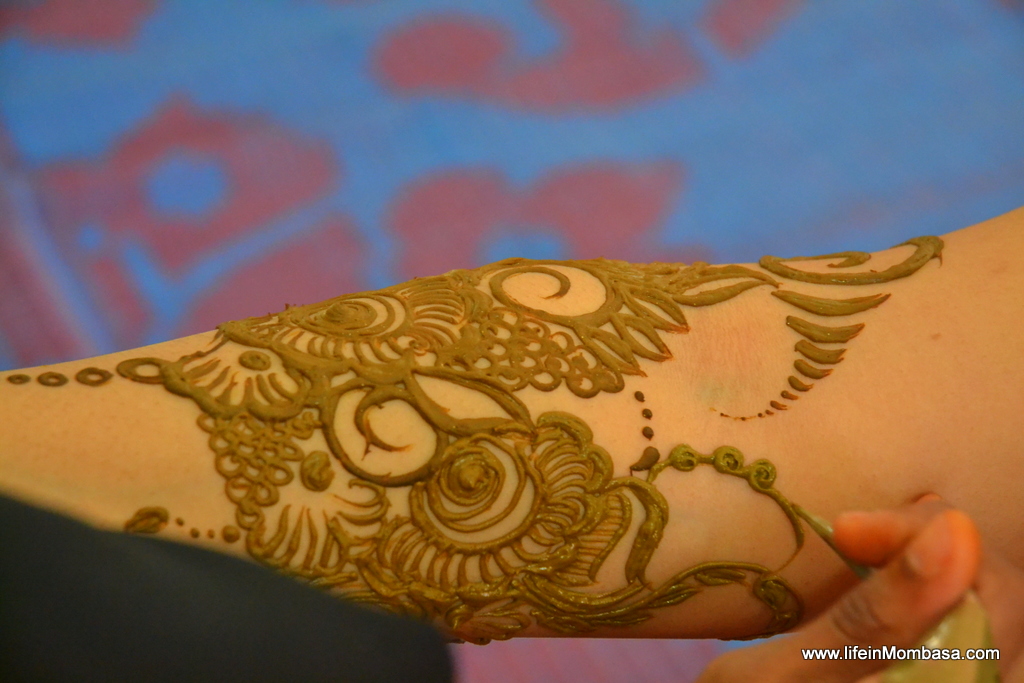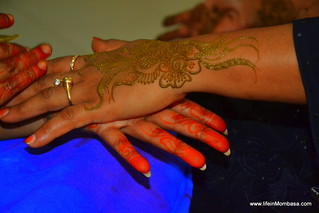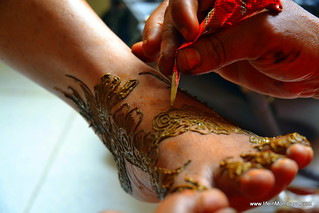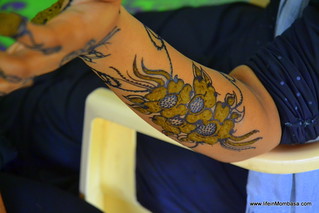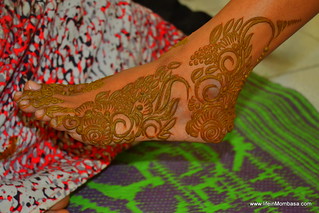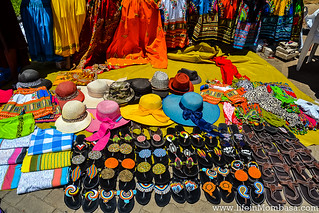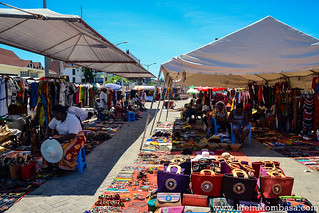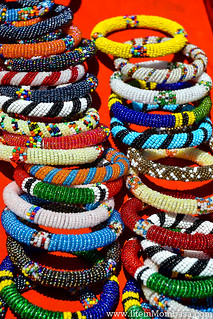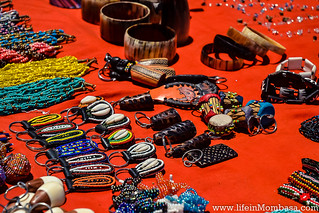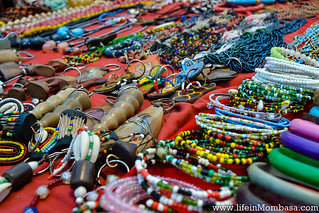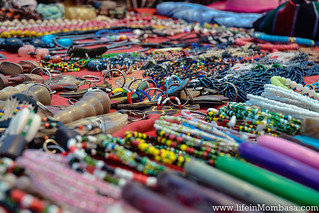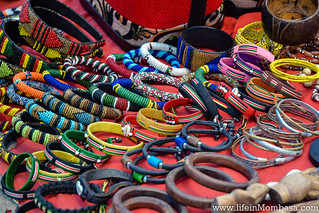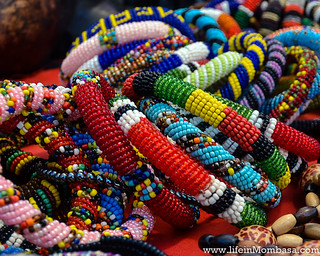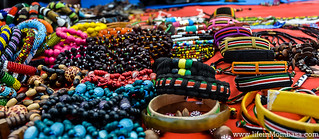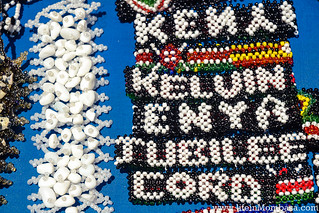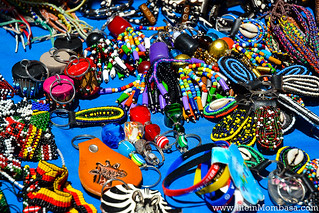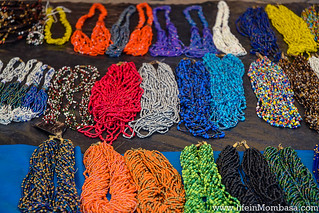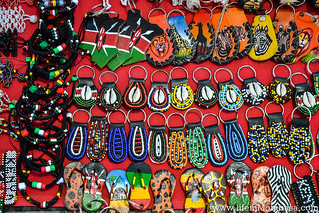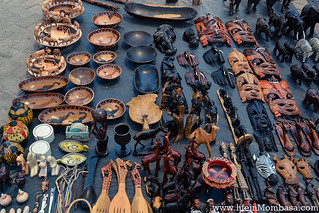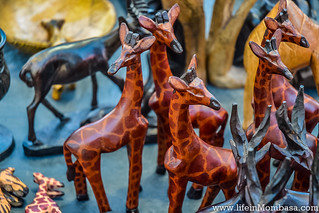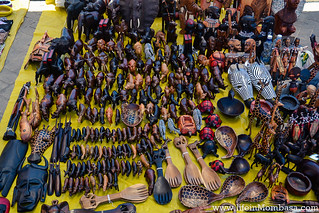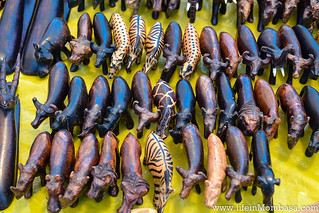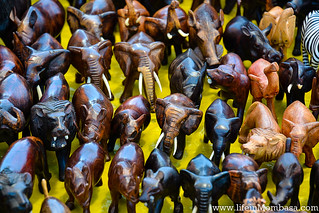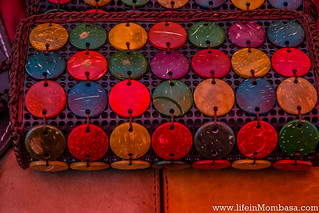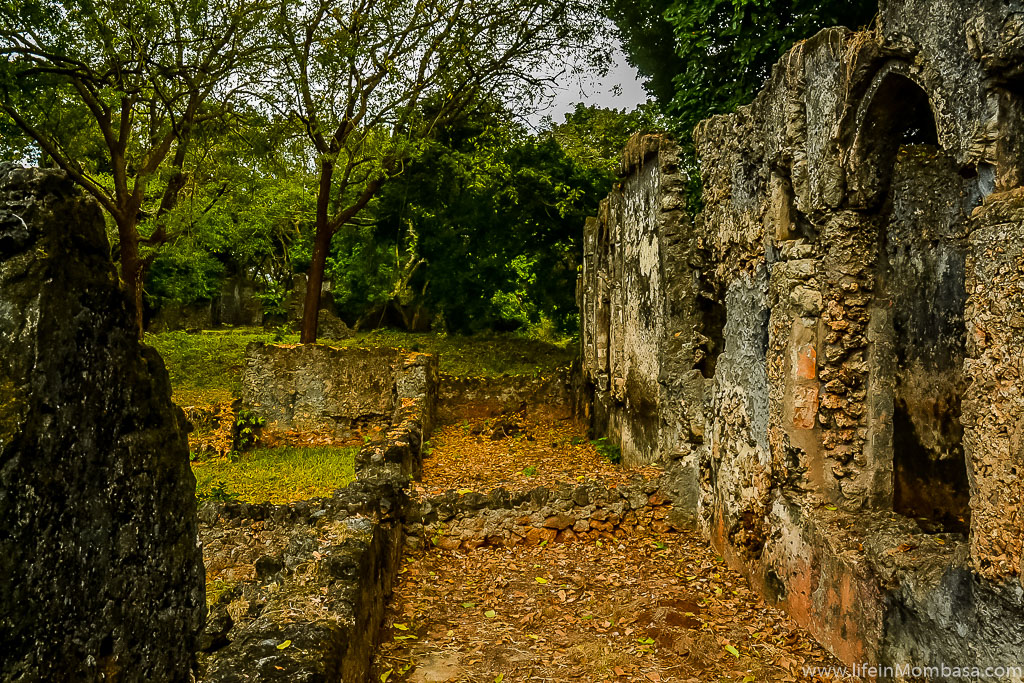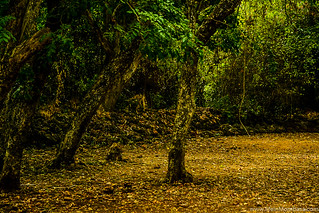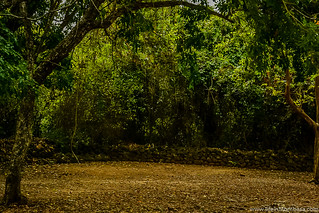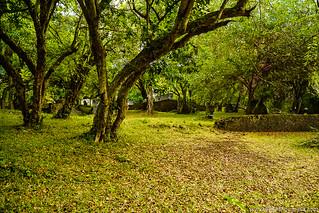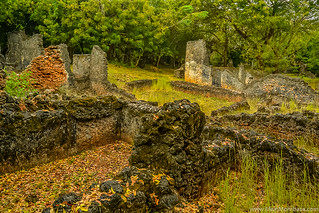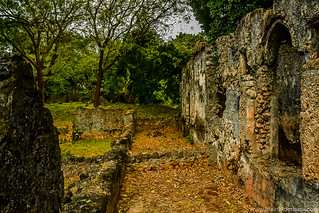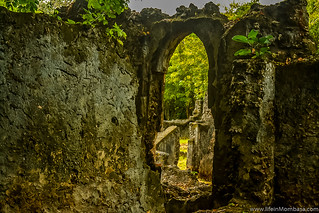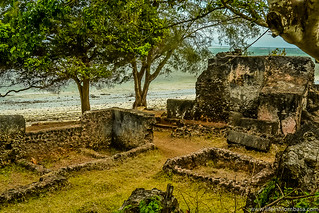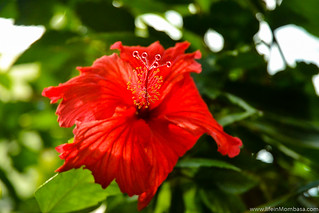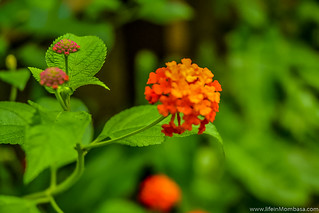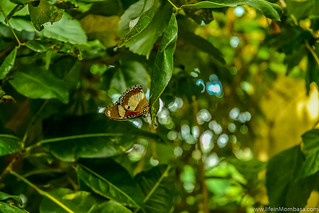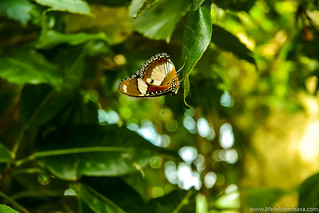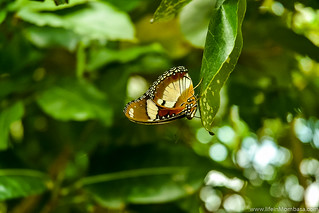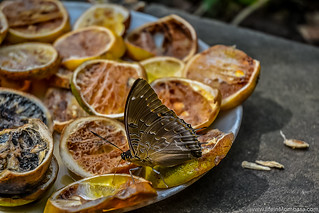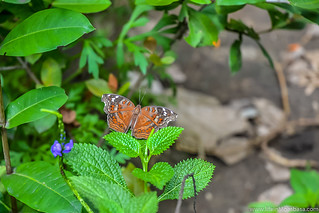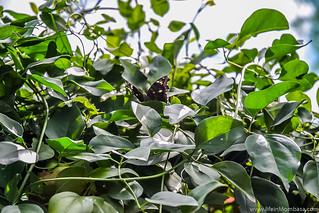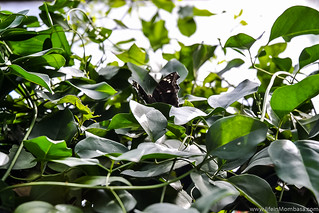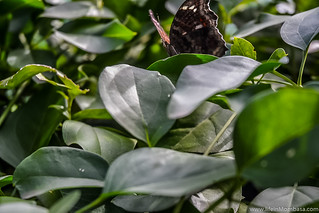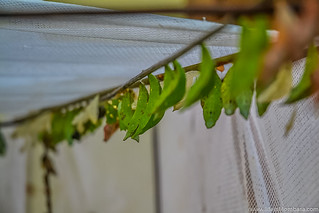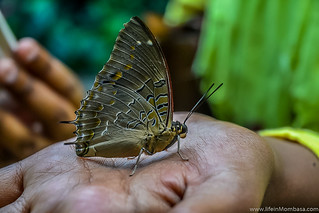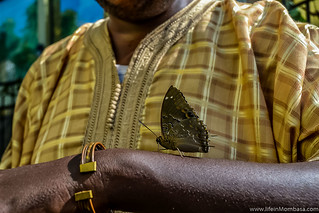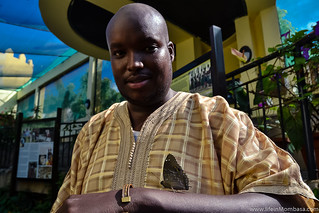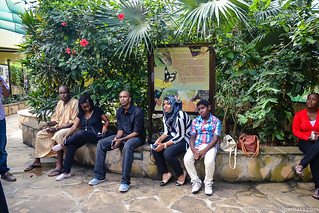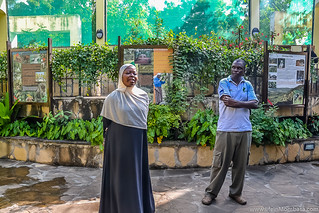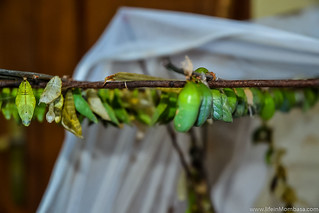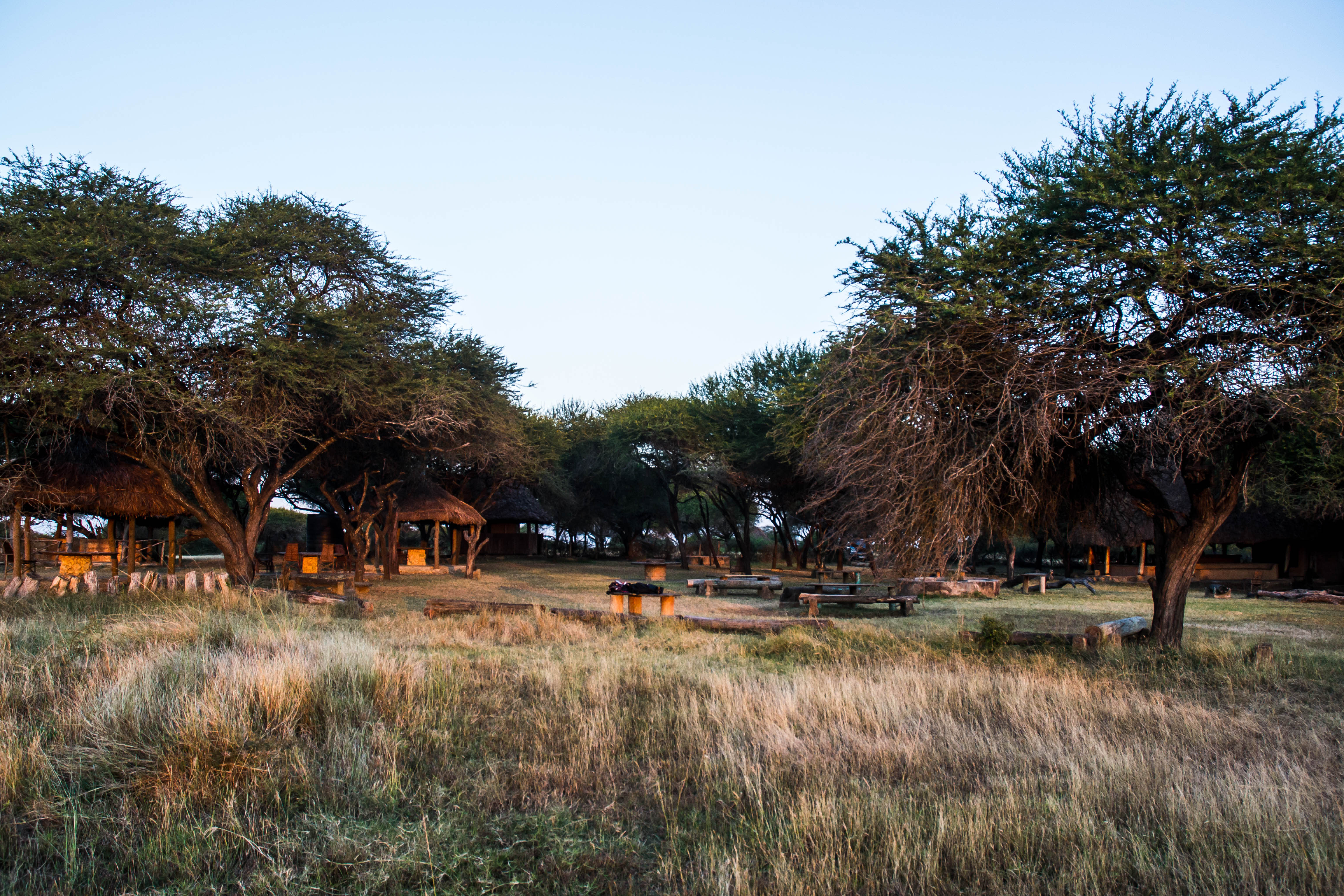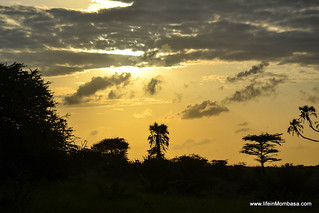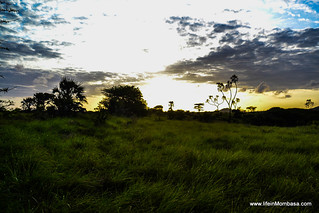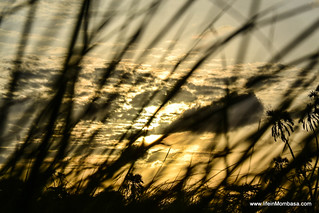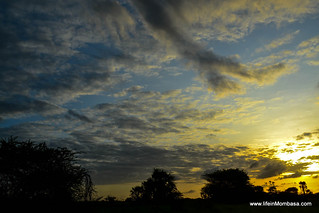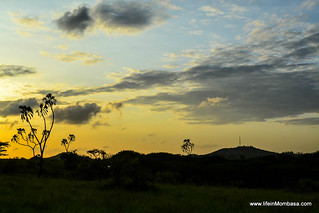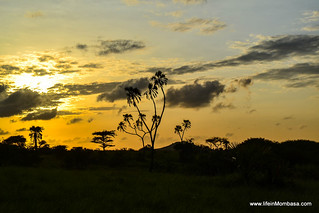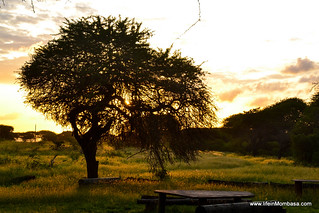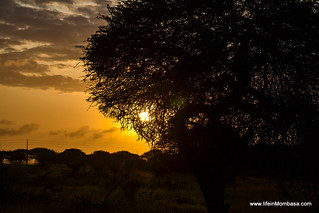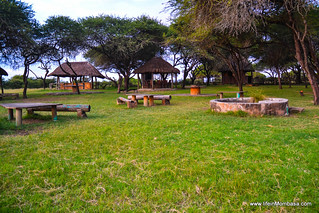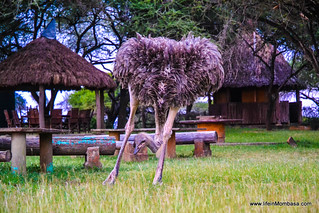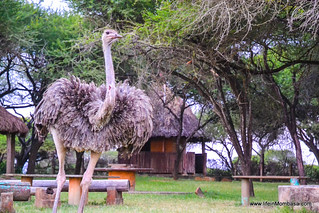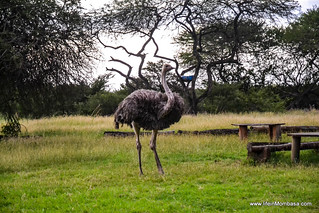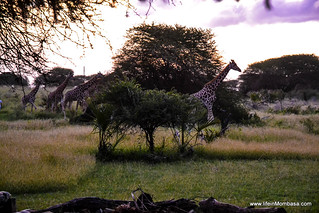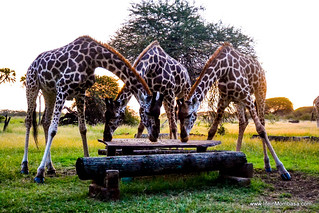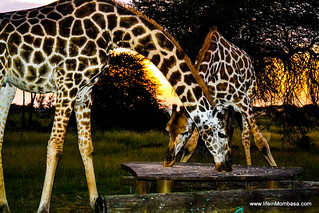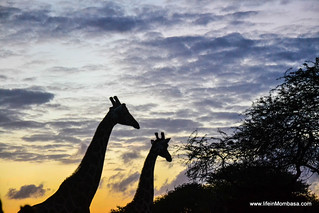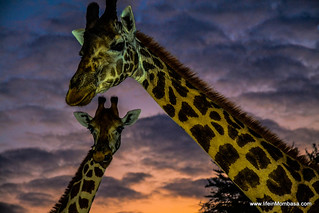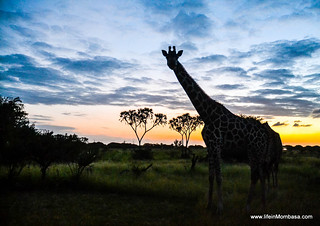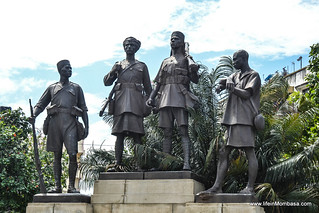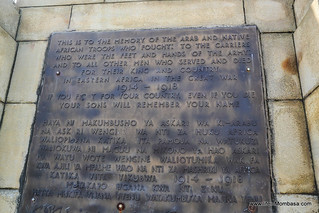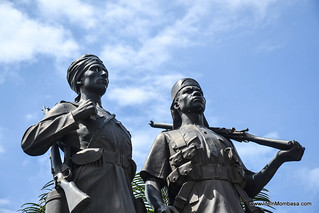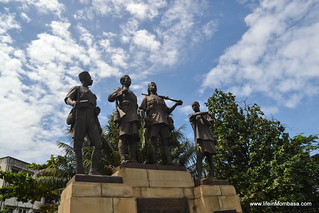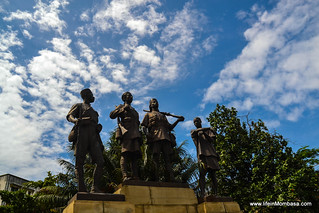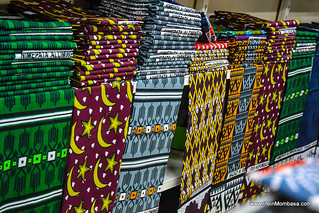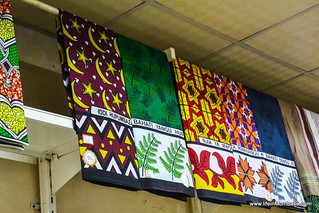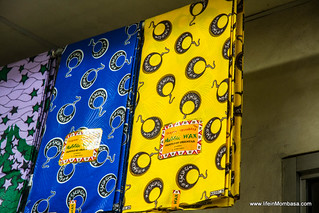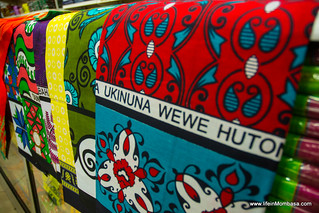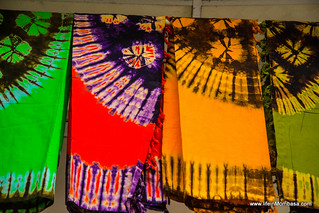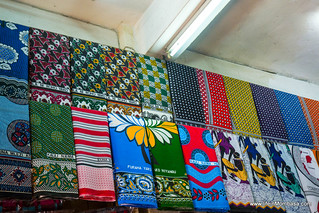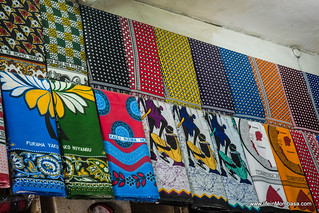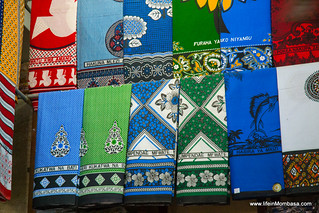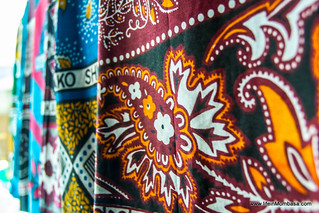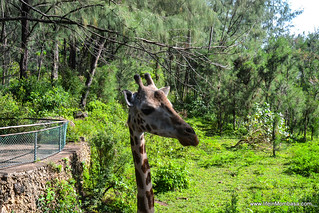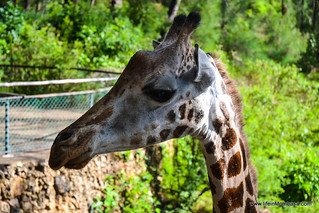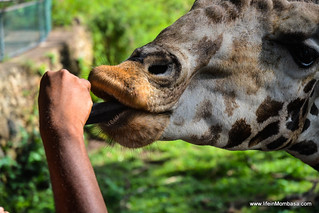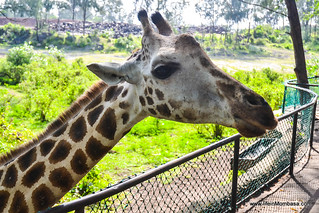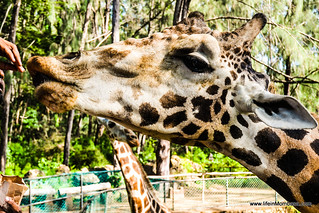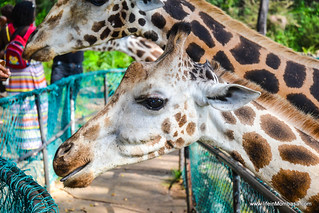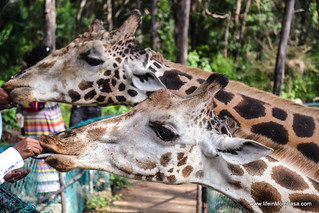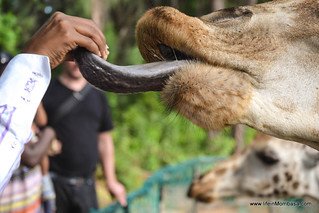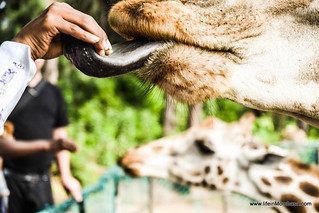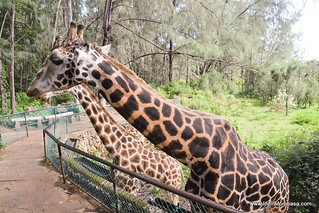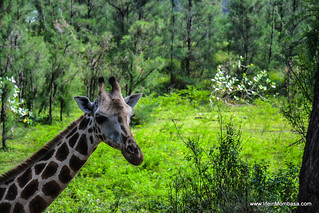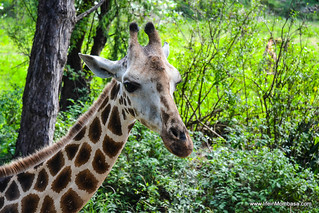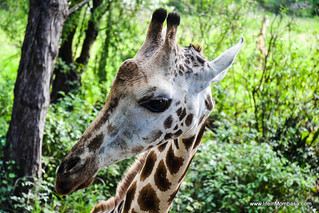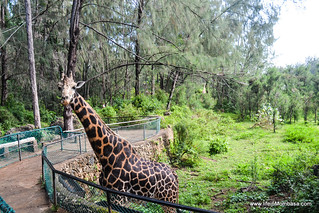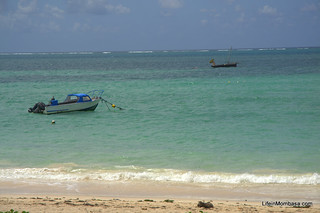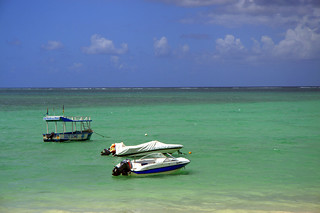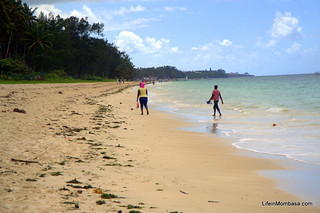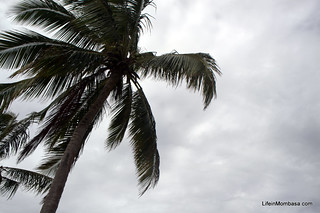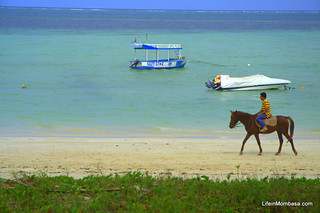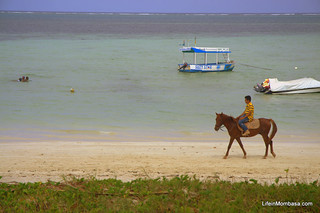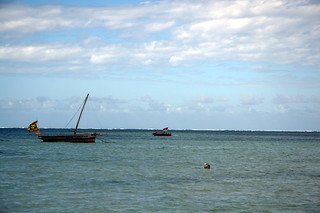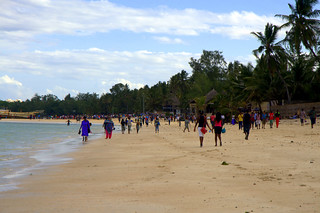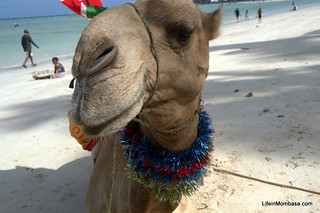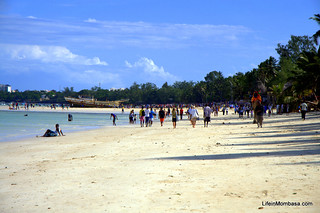The Safaricom International Jazz Festival, one of the country’s biggest music events, is finally here again. This December, Safaricom will not only host the much awaited show in Nairobi, but the Coastal jazz lovers will themselves be getting a treat too in Mombasa. The festival which has been taking place for the past 2 years is Kenya’s premier Jazz exhibition. With big names like Isaiah Katumwa, Jonathan Butler, Salif Keita, Richard Bona, Rhythm Junks, Jimmy Dludlu, The Nile Project and Yuval Cohen, the festival has steadily been garnering a cult following since its inception on the 23rd of February 2014. The Safaricom International Jazz Festival has come to outgrow the Ngong Racecourse as venue and this December it moves to two big stages, The Carnivore in Lang’ata and The Haller Park Butterfly Pavilion in Mombasa.
The move to hold the festival in Mombasa too is a much anticipated move with the city being home to a lot of art and Jazz enthusiasts. The lifting of the travel ban will also prove to be an advantage as a lot of hotels have reported early bookings for both international and local tourists who will be there around the Christmas period.
But yes, with the numerous venues in Mombasa, what makes the Butterfly Pavilion Safaricom’s choice? Over the years, the Butterfly Pavilion has proven to be a paragon of both serenity and beauty. It is an extension of the Haller Park, a rehabilitation project by Lafarge owned Bamburi Cement and one of Mombasa’s most popular wildlife sanctuaries. The Butterfly Pavilion, formerly known as Bamburi Forest Trails, is lush forest with trails and an assortment of wildlife including butterflies, birds and vegetation. It is home to a number of ecosystems all thriving alongside each other to bring about a harmonic natural balance. The park literally demonstrates just how beautiful environmental conservation can get.
Add all that together and you get an epitome of beauty. A magnificent scenery perfect for the art-enthusiast with refined taste. The park guarantees a magical view from the open space where the festival is supposed to be held. The open spaces are perfect for blankets kind of setting with one huge stage and with revelers bringing their own blankets or vikoi, or a formal arrangement. Simply put, when you combine the beautiful live jazz music with the magical view at the Butterfly Pavilion, you are sure to get lost in a world of colour.
This year, The Safaricom International Jazz festival features four huge international artists who join together as a quartet to give you “A Gospel According to Jazz”. The quartet consisting of highly acclaimed Grammy award winners Kirk Whalum and Norman Brown, Grammy award nominee Gerald Albright and newcomer Shelea Frazier will be the main act. All four artistes have impressive music achievements with all having received international accolades and titles. They will be curtain raised by Edward Parseen and the Different Faces Band, and AfroSync who are local jazz sensations.
All proceeds from the Safaricom Jazz Lounge will go towards supporting Ghetto Classics, a music programme based in Korogocho Slums that seeks to provide an opportunity for children from underprivileged backgrounds to explore their musical talents.
Tickets to the Safaricom Jazz Lounge go on sale on Friday 20th November, and will be retailing at Ksh.1,500 for advance tickets, Ksh.2,000 at the gate and Ksh.500 for students. They will be available from select Safaricom outlets (Sarit Centre, Thika Road Mall, Galleria Mall, Junction Mall, BuruBuru, Village Market, I&M and Nakumatt Mega in Nairobi, and Nyali and Rex Shop in Mombasa). To find out more about the festival, go to safaricomjazzfestival.co.ke
The serene Butterfly Pavilion:


